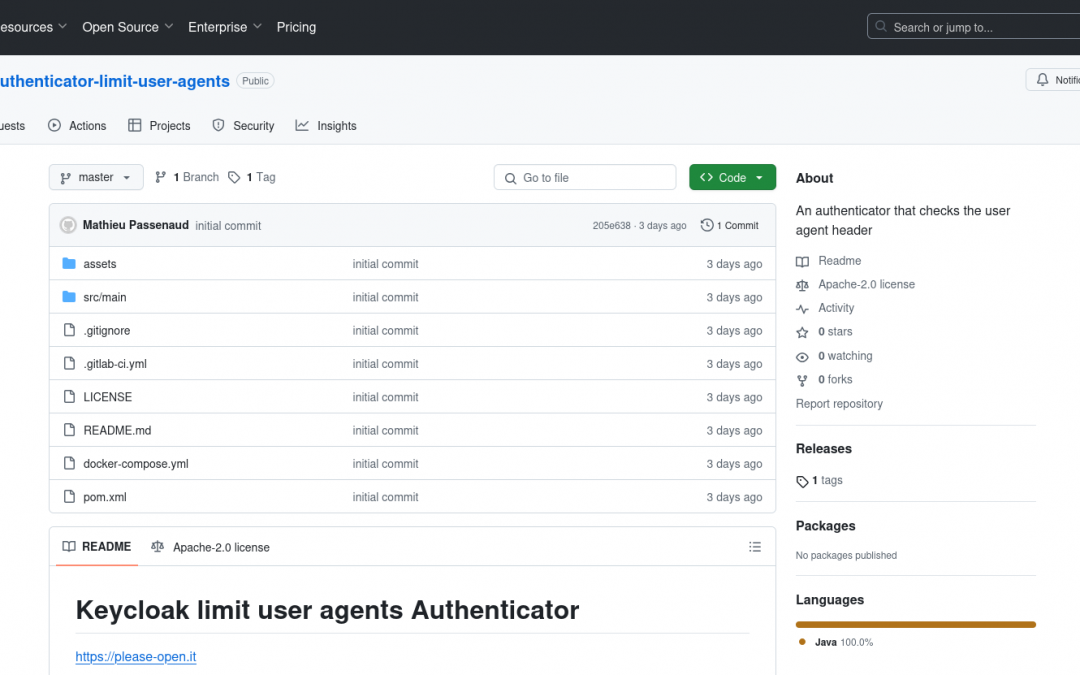
par Loïc Mercier Des Rochettes | Juin 5, 2025 | Communauté, Gestion des Identités, SSO
Keycloak User Agent Filter Authenticator: our main partner, Please Open It, created an authenticator that filters the user-agent header for Keycloak to exclude embedded webviews, ensuring compliance with specification requirements. The component reduces the attack...
par Mathieu PASSENAUD | Déc 10, 2024 | Gestion des Identités, Open Source, SSO
Keycloak roles restriction and full scopes : for security concerns, you must restrict roles to a subset through the « Full Scope Allowed » Switch as by default a client has « roles » scope as « default » so that a user will have all affected clients roles in its...
par Loïc Mercier Des Rochettes | Oct 3, 2024 | Communauté, Gestion des Identités, LDAP, Open Source, SSO
Get rid of your old Active directory/LDAP with keycloak and a small piece of custom software : just a POC for a LDAP bind proxy to log to KeyCloak with LDAP. TL;DR How to spawn a simple bind LDAP proxy for keycloak OIDC password grant in a nutshell. Disclaimer and...
par Mathieu PASSENAUD | Août 21, 2024 | Communauté, Open Source, SSO
This article will share how to enrich native metrics in Keycloak with Micrometer and add yours. Special thanks Thanks to all contributors who built one of the most use Keycloak plugin : https://github.com/aerogear/keycloak-metrics-spi TL/DR We developed a new metrics...
par Mathieu PASSENAUD | Mar 7, 2024 | Gestion des Identités, Open Source, SSO
In this article we will explain through an example what is and how to use Keycloak Authenticator. In Keycloak, an « authenticator » is a step in an authentication process, what we call « Authentication flow ». An impressive list of authenticators are available with...


